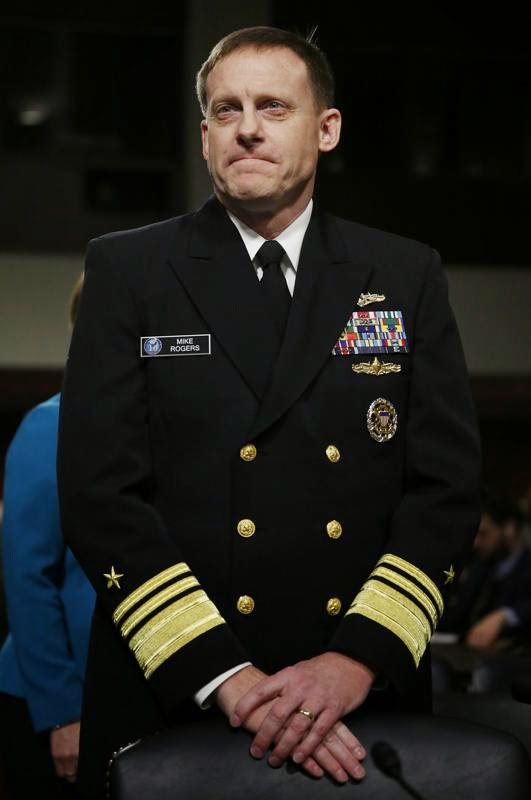Five Reasons Attribution Matters

Attribution is the hottest word in digital security. The term refers to identifying responsibility for an incident. What does it matter, though? Here are five reasons, derived from the five levels of strategic thought. I've covered those before, namely in The Limits of Tool- and Tactics-Centric Thinking . Note that the reasons I outline here are not the same as performing attribution based on these characteristics. Rather, I'm explaining how attribution can assist responsible actors, from defenders through policymakers . 1. Starting from the bottom, at the Tools level, attribution matters because identifying an adversary may tell defenders what software they can expect to encounter during an intrusion or campaign. It's helpful to know if the adversary uses simple tools that traditional defenses can counter, or if they can write custom code and exploits to evade most any programmatic countermeasures. Vendors and software engineers tend to focus on this level beca...














